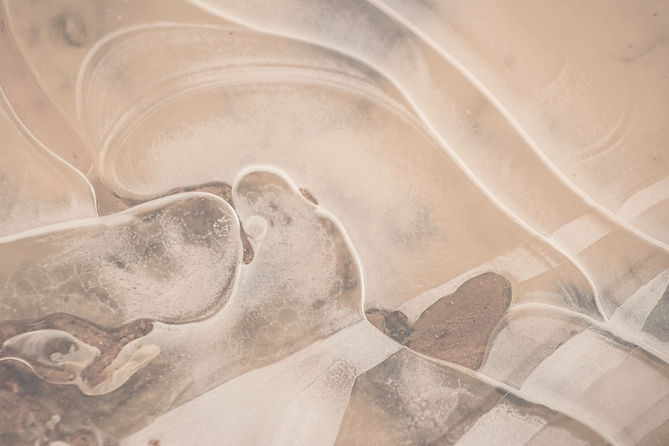
Protein
Definition, Structure, & Classification
Protein is a highly complex substance. Present in all living organisms, they are critical in their nutritional value and are directly involved in the chemical processes essential for life. The importance of chemists recognised the importance of proteins. A Swedish chemist Jöns Jacob Berzelius in the 19th century started using and "named" the organism protein, He used this as a temporary name and utilised this derivative of the Greek proōteios, the translated this means holding first place (Beckerman M. (2015)
Proteins are unique for all species, specific proteins found in one species are different to proteins found in any other species. (Ofran et al.,2003) Proteins and their structure can be separated and categorised within the human body's anatomy; for example, muscle proteins differ from those of the liver or the brain.

Composition of protein
A protein molecule is much larger than sugar or salt molecules, and they consist of multiple amino acids joined together to form long "chains". (See BCAA). They appear as pearls strung on a necklace. There are over 20 natural amino acids in proteins. (Potier et al. 2009) Proteins which function in the same way have similar amino acid composition and order. It is not possible to explain all of a protein's functions from studying the amino acids sequence. Established associations between structure and function can be attributed to the amino acids' properties containing proteins.
Sources of protein
Plants can synthesise amino acids. Animals cannot produce amino acids, even though they are essential. Plants can grow in poor soil containing low levels of inorganic nutrients that provide nitrogen, potassium, and other necessary physical development substances. Plant utilise carbon dioxide as part of the photosynthesis process to form organic compounds. (Hildebrandt et al. 2015) Animals must obtain organic nutrients from outside sources because most plants' protein content is low. Ruminant animals require a high plant material volume as these only eat plant material to get their required amino acids. Non-ruminant animals, including humans, obtain proteins principally from animals and their products—e.g., meat, milk, and eggs. The seeds of legumes are used within plant-based diets to provide protein-rich food.
_jfif.jpg)

Animal protein
The protein content in animal organs is usually much higher than that of the blood plasma. For example, muscles contain about 30 percent protein, the liver 20 to 30 percent, and red blood cells 30 percent. Higher percentages of protein are in the hair, bones, and other organs and tissues with low water content. The amount of amino acids in animals is much lower than the protein levels; protein molecules are created in cells by aligning amino acids and are released into the body fluids after synthesis.
Enzymes and Hormones
When high levels of protein are present in an organ does not define the importance of the functionality or their use, in some cases, it is the opposite. It is the type of protein that is important, not the quantity. Many of the most important proteins, such as enzymes and hormones, occur in minimal amounts. The importance of proteins is related first and foremost to their function. All enzymes classified are proteins. Enzymes act as the catalyst for all metabolic reactions. These allow an organism to develop the chemical substances necessary for life—proteins, nucleic acids, carbohydrates, and lipids—to convert them into other substances and degrade them. Life without enzymes is not possible. (Potier et al. 2009) There are several protein hormones with critical function. In all vertebrates, the respiratory protein haemoglobin acts as an oxygen carrier in the blood. A large group of structural proteins maintains and protects the structure of the animal body.

References
Beckerman M. (2015) Protein Folding: Part I—Basic Principles. In: Fundamentals of Neurodegeneration and Protein. P 126-134
Hildebrandt T, Nunes A, Wagner L. Araújo L, Braun H. (2015) Amino Acid Catabolism in Plants. Molecular Plant, Volume 8, Issue 11, P1563-1579.
Ofran Y, Rost B. (2003) Analysing Six Types of Protein-Protein Interfaces, Journal of Molecular Biology, Volume 325, Issue 2, Pages 377-387.
Potier M; Darcel N, Tomé D. (2009) Protein, amino acids and the control of food intake. Volume 12, Issue 1, p 54-58